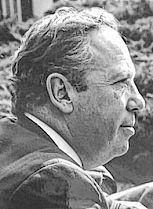Welcome to Lueders, a locality rich in history and tradition, nestled in the rugged landscape of Texas. Our journey begins in the mid-19th century, with the arrival of Jesse Stem, an Indian Agent who was among the first white settlers in the area west of Fort Griffin. In 1852, Stem established a farm along the Clear Fork of the Brazos River, attempting to cultivate the land with corn and oats. Sadly, his pioneering efforts were cut short when he was killed by renegade Kickapoo Indians in 1854.
The area remained largely unsettled until after the Civil War, when Emmett Roberts and his brothers began ranching near what is now Lueders. The late 1870s saw more settlers, such as M. McDaniel and August Lieb, who began clearing land for farming. These early settlers faced numerous challenges, including distant markets for their crops and the constant threat of Indian raids.
By the late 19th century, Lueders began to form a sense of community. In 1895, a group of settlers, including William J. Herrington and E.M. Douthit, constructed a schoolhouse known as Arlington School. This served as a cornerstone for community development, symbolizing the growing importance of education and communal life.
The turn of the 20th century brought significant changes with the establishment of the Lueders Limestone quarries. This durable and versatile stone became a staple in Texas architecture, known for its natural beauty and strength. Today, Lueders Limestone is celebrated in numerous buildings across the southwestern United States, adding a timeless aesthetic to many structures.
Lueders has evolved from its early days of isolated ranches and farms into a locality known for its rich limestone resources and historical significance. It stands as a testament to the resilience and determination of its early settlers, who carved a life out of the rugged Texas landscape.




